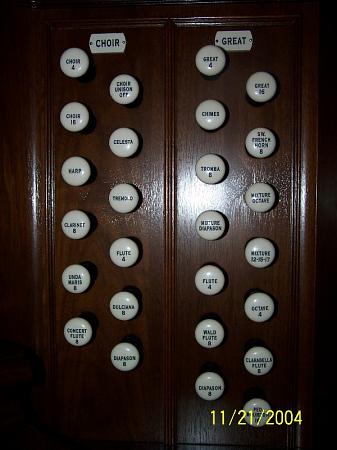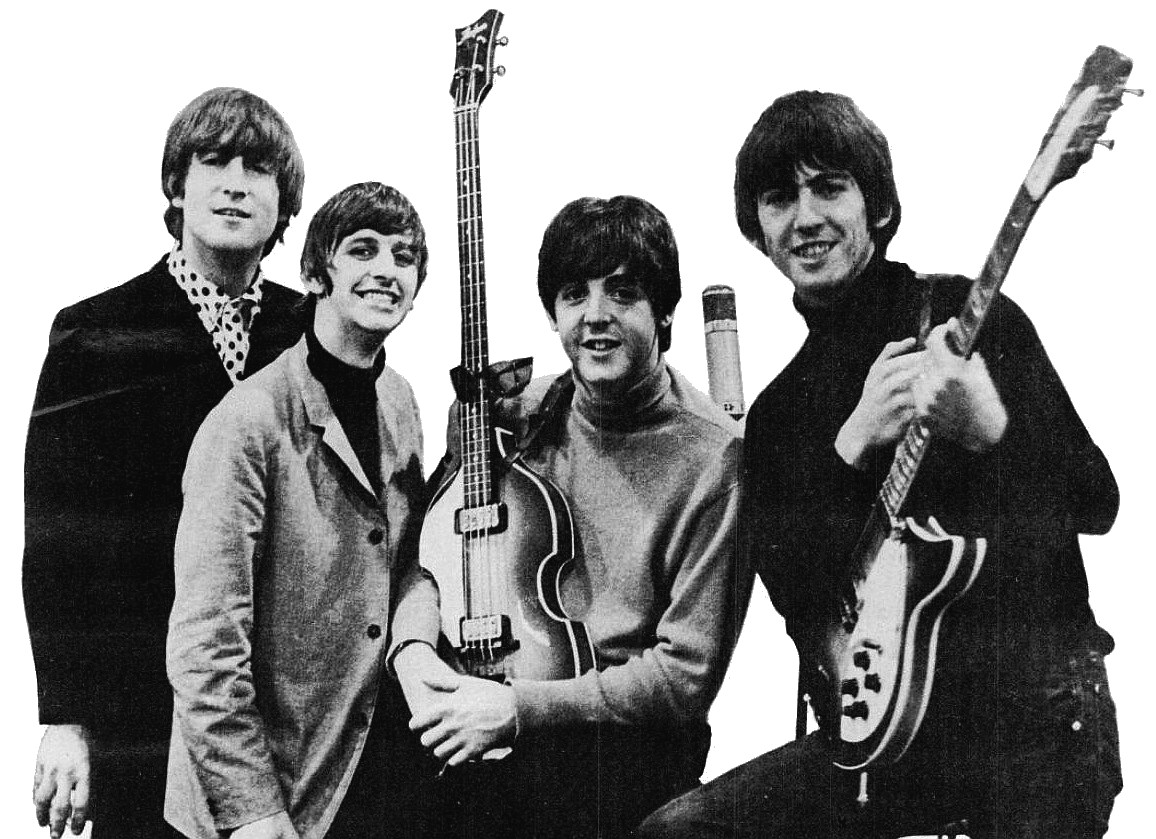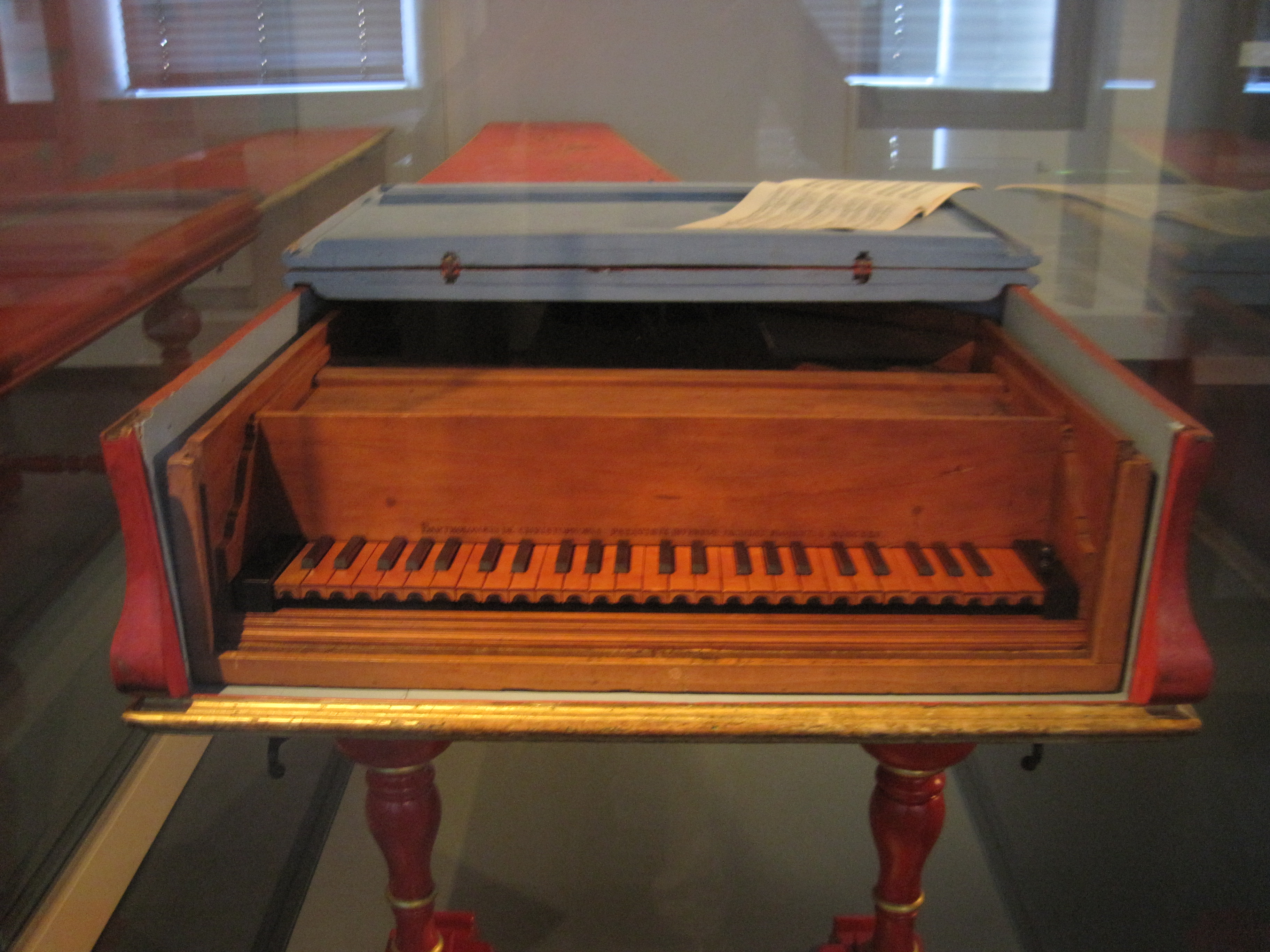|
Tempo
In musical terminology, tempo (Italian for 'time'; plural 'tempos', or from the Italian plural), measured in beats per minute, is the speed or pace of a given musical composition, composition, and is often also an indication of the composition's character or atmosphere. In classical music, tempo is typically indicated with an instruction at the start of a piece (often using conventional Italian terms) and, if a specific metrical pace is desired, is usually measured in beat (music), beats per minute (bpm or BPM). In modern classical compositions, a "metronome mark" in beats per minute, indicating only measured speed and not any form of expression, may supplement or replace the normal tempo marking, while in modern genres like electronic dance music, tempo will typically simply be stated in bpm. Tempo (the underlying pulse of the music) is one of the three factors that give a piece of music its texture (music), texture. The others are meter (music), meter, which is indicated by a ... [...More Info...] [...Related Items...] OR: [Wikipedia] [Google] [Baidu] |
Tempo Rubato
; , , ;) is a musical term referring to expressive and rhythmic freedom by a slight speeding up and then slowing down of the tempo of a piece at the discretion of the soloist or the conductor. Rubato is an expressive shaping of music that is a part of phrasing. While rubato is often loosely taken to mean playing with expressive and rhythmic freedom, it was traditionally used specifically in the context of expression as speeding up and then slowing down the tempo. In the past, expressive and free playing (beyond only rubato) was often associated with the terms "ad libitum". Rubato, even when not notated, is often used liberally by musicians, e.g. singers frequently use it intuitively to let the tempo of the melody expressively shift slightly and freely above that of the accompaniment. This intuitive shifting leads to rubato's main effect: making music sound expressive and natural. Nineteenth century composer-pianist Frédéric Chopin is often mentioned in the context of rubato ( ... [...More Info...] [...Related Items...] OR: [Wikipedia] [Google] [Baidu] |
Beat (music)
In music and music theory, the beat is the basic unit of time, the pulse (regularly repeating event), of the ''mensural level'' (or ''beat level''). The beat is often defined as the rhythm listeners would tap their toes to when listening to a piece of music, or the numbers a musician counts while performing, though in practice this may be technically incorrect (often the first multiple level). In popular use, ''beat'' can refer to a variety of related concepts, including pulse, tempo, meter, specific rhythms, and groove. Rhythm in music is characterized by a repeating sequence of stressed and unstressed beats (often called "strong" and "weak") and divided into bars organized by time signature and tempo indications. Beats are related to and distinguished from pulse, rhythm (grouping), and meter: Metric levels faster than the beat level are division levels, and slower levels are multiple levels. Beat has always been an important part of music. Some music genres such as ... [...More Info...] [...Related Items...] OR: [Wikipedia] [Google] [Baidu] |
Time Signature
A time signature (also known as meter signature, metre signature, and measure signature) is an indication in music notation that specifies how many note values of a particular type fit into each measure ( bar). The time signature indicates the meter of a musical movement at the bar level. In a music score the time signature appears as two stacked numerals, such as (spoken as ''four–four time''), or a time symbol, such as (spoken as ''common time''). It immediately follows the key signature (or if there is no key signature, the clef symbol). A mid-score time signature, usually immediately following a barline, indicates a change of meter. Most time signatures are either simple (the note values are grouped in pairs, like , , and ), or compound (grouped in threes, like , , and ). Less common signatures indicate complex, mixed, additive, and irrational meters. Time signature notation Most time signatures consist of two numerals, one stacked above the other: * ... [...More Info...] [...Related Items...] OR: [Wikipedia] [Google] [Baidu] |
Metronome
A metronome () is a device that produces an audible click or other sound at a uniform interval that can be set by the user, typically in beats per minute (BPM). Metronomes may also include synchronized visual motion, such as a swinging pendulum or a blinking light. Musicians—and others including dancers, athletes, and health professionals—often practise with a metronome to improve their timing, especially the ability to maintain a steady tempo with a regular beat or pulse. Composers and conductors often use numerical metronome markings to communicate their preferred tempos to musicians preparing for a performance. A type of metronome was among the inventions of Andalusian polymath Abbas ibn Firnas (810–887). In 1815, German inventor Johann Maelzel patented a mechanical, wind-up metronome as a tool for musicians, under the title "Instrument/Machine for the Improvement of all Musical Performance, called Metronome". In the 20th century, electronic metronomes and software ... [...More Info...] [...Related Items...] OR: [Wikipedia] [Google] [Baidu] |
Musical Terminology
A variety of musical terms is encountered in Sheet music, printed scores, music reviews, and program notes. Most of the terms Italian musical terms used in English, are Italian, in accordance with the Italian origins of many European musical conventions. Sometimes, the special musical meanings of these phrases differ from the original or current Italian meanings. Most of the other terms are taken from French language, French and German language, German, indicated by ''Fr.'' and ''Ger.'', respectively. Unless specified, the terms are Italian or English. The list can never be complete: some terms are common, and others are used only occasionally, and new ones are coined from time to time. Some composers prefer terms from their own language rather than the standard terms listed here. 0–9 ; 1 : "sifflet" or one foot organ stop ; I : usually for Violin family, orchestral string instruments, used to indicate that the player should play the passage on the highest-pitched, thinnest ... [...More Info...] [...Related Items...] OR: [Wikipedia] [Google] [Baidu] |
Symphony No
A symphony is an extended musical composition in Western classical music, most often for orchestra. Although the term has had many meanings from its origins in the ancient Greek era, by the late 18th century the word had taken on the meaning common today: a work usually consisting of multiple distinct sections or movements, often four, with the first movement in sonata form. Symphonies are almost always scored for an orchestra consisting of a string section (violin, viola, cello, and double bass), brass, woodwind, and percussion instruments which altogether number about 30 to 100 musicians. Symphonies are notated in a musical score, which contains all the instrument parts. Orchestral musicians play from parts which contain just the notated music for their own instrument. Some symphonies also contain vocal parts (e.g., Beethoven's Ninth Symphony, or Mahler's Second Symphony). Etymology and origins The word ''symphony'' is derived from the Greek word (), meaning ... [...More Info...] [...Related Items...] OR: [Wikipedia] [Google] [Baidu] |
Traditional Music
Folk music is a music genre that includes traditional folk music and the contemporary genre that evolved from the former during the 20th-century folk revival. Some types of folk music may be called world music. Traditional folk music has been defined in several ways: as music transmitted orally, music with unknown composers, music that is played on traditional instruments, music about cultural or national identity, music that changes between generations (folk process), music associated with a people's folklore, or music performed by custom over a long period of time. It has been contrasted with commercial and classical styles. The term originated in the 19th century, but folk music extends beyond that. Starting in the mid-20th century, a new form of popular folk music evolved from traditional folk music. This process and period is called the (second) folk revival and reached a zenith in the 1960s. This form of music is sometimes called contemporary folk music or folk re ... [...More Info...] [...Related Items...] OR: [Wikipedia] [Google] [Baidu] |
Popular Music
Popular music is music with wide appeal that is typically distributed to large audiences through the music industry. These forms and styles can be enjoyed and performed by people with little or no musical training.Popular Music. (2015). ''Funk & Wagnalls New World Encyclopedia'' As a kind of popular art, it stands in contrast to art music. Art music was historically disseminated through the performances of written music, although since the beginning of the recording industry, it is also disseminated through sound recording, recordings. Traditional music forms such as early blues songs or hymns were passed along orally, or to smaller, local audiences. The original application of the term is to music of the 1880s Tin Pan Alley period in the United States. Although popular music sometimes is known as "pop music", the two terms are not interchangeable. Popular music is a generic term for a wide variety of genres of music that appeal to the tastes of a large segment of the populati ... [...More Info...] [...Related Items...] OR: [Wikipedia] [Google] [Baidu] |
Electronic Dance Music
Electronic dance music (EDM), also referred to as dance music or club music, is a broad range of percussive electronic music genres originally made for nightclubs, raves, and List of electronic dance music festivals, festivals. It is generally produced for gapless playback, playback by DJs who create seamless selections of tracks, called a DJ mix, by segueing from one recording to another. EDM producers also perform their music live in a concert or festival setting in what is sometimes called a live PA. Since its inception EDM has expanded to include a wide range of subgenres. In the late 1980s and early 1990s, following the emergence of Rave music, raving, pirate radio, Party crews, underground festivals, and an upsurge of interest in club culture, EDM achieved mainstream popularity in Europe. However, rave culture was not as broadly popular in the United States; it was not typically seen outside of the regional scenes in New York City, Florida, the Midwest, and California. Alt ... [...More Info...] [...Related Items...] OR: [Wikipedia] [Google] [Baidu] |
Music Sequencer
A music sequencer (or audio sequencer or simply sequencer) is a device or application software that can record, edit, or play back music, by handling Musical note, note and performance information in several forms, typically CV/Gate, MIDI, or Open Sound Control, and possibly audio signal, audio and automation data for digital audio workstations (DAWs) and Audio plugin, plug-ins. Overview Modern sequencers The advent of Musical Instrument Digital Interface (MIDI) in the 1980s gave programmers the opportunity to design software that could more easily record and play back sequences of notes played or programmed by a musician. As the technology matured, sequencers gained more features, such as the ability to record multitrack audio. Sequencers used for audio recording are called digital audio workstations (DAWs). Many modern sequencers can be used to control Software synthesizer, virtual instruments implemented as software Audio plug-in, plug-ins. This allows musicians to repl ... [...More Info...] [...Related Items...] OR: [Wikipedia] [Google] [Baidu] |
Piano Sonata No
A piano is a keyboard instrument that produces sound when its keys are depressed, activating an Action (music), action mechanism where hammers strike String (music), strings. Modern pianos have a row of 88 black and white keys, tuned to a chromatic scale in equal temperament. A musician who specializes in piano is called a pianist. There are two main types of piano: the #Grand, grand piano and the #Upupright piano. The grand piano offers better sound and more precise key control, making it the preferred choice when space and budget allow. The grand piano is also considered a necessity in venues hosting skilled pianists. The upright piano is more commonly used because of its smaller size and lower cost. When a key is depressed, the strings inside are struck by felt-coated wooden hammers. The vibrations are transmitted through a Bridge (instrument), bridge to a Soundboard (music), soundboard that amplifies the sound by Coupling (physics), coupling the Sound, acoustic energy t ... [...More Info...] [...Related Items...] OR: [Wikipedia] [Google] [Baidu] |
Sound Recording
Sound recording and reproduction is the electrical, Mechanical system, mechanical, electronic, or digital inscription and re-creation of sound waves, such as spoken voice, singing, instrumental music, or sound effects. The two main classes of sound recording technology are analog recording and digital recording. Acoustic analog recording is achieved by a microphone diaphragm that senses changes in atmospheric pressure caused by acoustics, acoustic sound waves and records them as a mechanical representation of the sound waves on a medium such as a phonograph record (in which a stylus cuts grooves on a record). In magnetic tape recording, the sound waves vibrate the microphone diaphragm and are converted into a varying electric current, which is then converted to a varying magnetic field by an electromagnet, which makes a representation of the sound as magnetized areas on a plastic tape with a magnetic coating on it. Analog sound reproduction is the reverse process, with a large ... [...More Info...] [...Related Items...] OR: [Wikipedia] [Google] [Baidu] |







